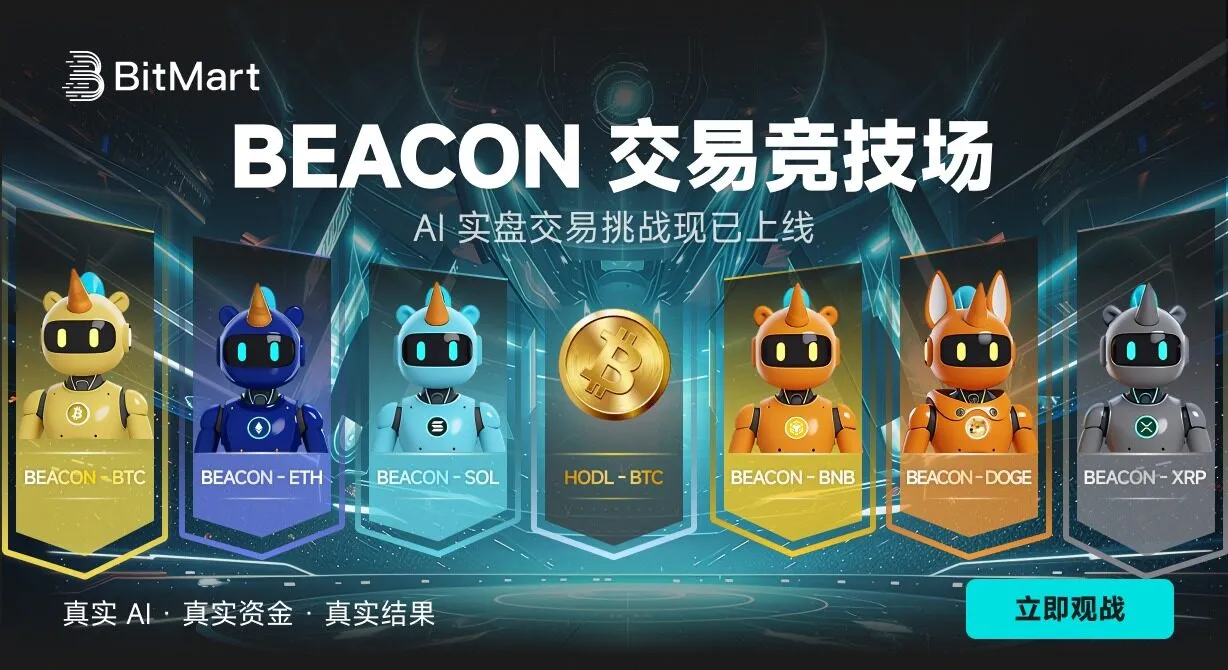Author: Liu Ye Jing Hong
In 2000, China.com went public on Nasdaq with a market value soaring to $5 billion on its first day, thanks to a portal website and the concept of "Chinese Internet." They had no clear profit model, no core technological barriers, and even stable user growth was not on the table. But that didn't matter — investors were not buying a business; they were buying a ticket to "not miss out on the Chinese Internet."
That same year, AOL acquired Time Warner for $164 billion, creating the myth of the "merger of the century." A dial-up internet service provider's market value could surpass that of a media empire with tangible assets like CNN and Warner Bros. The logic behind this deal was simple: the internet represented the future, and traditional media had to embrace change. As for how to make money? That was a matter for the future.
These two cases share a common script: first, tell a sufficiently sexy story, secure massive financing, and then quickly go public to cash out. China.com relied on the "China concept," while AOL relied on the "internet gateway." Actual business profitability? That was not the focus. The key was to make investors believe that missing this opportunity was equivalent to missing the next era.
25 years later, Web3 is precisely replicating this script.
A typical Web3 project is born this way: the team builds an official website, publishes a white paper full of technical jargon, and creates a few conceptual demos to showcase the possibilities of "decentralization" or "on-chain governance." Then they start roadshows, painting a grand vision for investors — it might be "reconstructing the internet value system," "giving users true data sovereignty," or "disrupting traditional finance."
These narratives sound beautiful, just as "the internet will change everything" was exhilarating back in the day. Investors, driven by FOMO (fear of missing out), rush in with their money. Series A, B, C rounds, and valuations soar. After securing funding, the project team continues to refine the narrative, expand the community, and generate buzz.
Next comes the crucial step: listing on a cryptocurrency exchange. This is akin to an IPO back in the day, the ultimate cash-out phase of the entire game. On the day of token issuance, early investors and project teams sell off for profit, while retail investors take over. The market value may skyrocket to billions in a short time, but there is still no actual profit backing it.
It's hard to say these projects are complete scams. China.com did indeed create a portal website, and AOL did provide dial-up services; it's just that these businesses couldn't support that valuation. Similarly, many Web3 projects are indeed engaged in technological development, but they are still light-years away from true commercial value. Yet in the bubble, no one cares about that — everyone is concerned about when the next buyer will enter the market.
Ironically, even the ways of failure are strikingly similar.
When the internet bubble burst in 2001, China.com's stock price plummeted to a few cents, ultimately leading to its delisting. The merger of AOL and Time Warner was dubbed "the worst merger in history," resulting in a $200 billion market value evaporation. The downfall of these companies was not due to poor technology, but because their business models were flawed from the start. When the tide recedes, all the glamorous concepts turn into jokes.
Web3 is also experiencing the same cycle. During the bull market, every project tells a story of changing the world, with valuations reaching hundreds of millions. When the bear market arrives, token prices plummet by 90%, teams dissolve, communities vanish, and once "revolutionary innovations" become unmaintained code repositories on GitHub. Most projects have never generated real revenue and likely never will.
This is not to say that Web3 technology has no value. Just as the internet truly changed the world, technologies like blockchain, smart contracts, and decentralization may also create real commercial value in the future. But the problem is that the current Web3 industry is obsessed with repeating the financing games of the millennium, rather than solidly addressing real issues.
Technology can innovate, but the essence of the business model has not changed: tell stories, secure funding, and cash out through listings. Back then it was called the "internet concept," now it's called "Web3 narrative"; back then it was listed on Nasdaq, now it's listed on Binance and Coinbase. The form has changed, but the core remains the same.
History does not simply repeat itself, but it is always remarkably similar. Investors in 2000 believed "the internet equals the future," while investors in 2025 believe "Web3 equals the future." They are both half right — technology does represent the future, but the vast majority of companies chasing trends are destined to become the casualties of the bubble.
To be fair, Web3 has indeed left behind some real things.
Blockchain networks process millions of real transactions every day; although most of them are speculative, the underlying technology is indeed operational. Smart contracts allow agreements to be executed between strangers without the need for trust, which theoretically has its value. Some DeFi protocols do provide decentralized financial services, even though the users are primarily cryptocurrency players. NFTs allow for the ownership of digital assets to be verified and traded, even if 99% of NFT projects have already gone to zero.
These technological innovations are real; it's just that the problems they currently solve are not genuinely needed by most people. Until the real world begins to create genuine demand in a brutal way.
The world in 2025 is experiencing unprecedented turmoil.
Frequent geopolitical conflicts, trade wars, and financial wars have become the norm in national games. After Russia was kicked out of the SWIFT system in 2022, the cross-border payments and savings of millions of ordinary people were instantly frozen. Countries like Argentina, Turkey, and Lebanon have seen their currencies devalue significantly, with people's life savings evaporating in inflation. Some countries have suffered financial sanctions due to geopolitical reasons, with their banking systems decoupling from the global economy, making it impossible for businesses to conduct normal international trade settlements.
These disasters reveal a harsh reality: in the traditional financial system, individual wealth and transaction freedom completely depend on national credit and international political relations. When conflicts arise between nations, ordinary people become the first victims. Your savings may be inaccessible due to sanctions, your cross-border remittances may be rejected for political reasons, and your local currency assets may become worthless overnight due to currency wars.
These are not theoretical deductions but facts that are happening. And it is these disasters that have stimulated the most essential demand for Web3 — borderless, permissionless, decentralized financial services.
This demand is completely different from the speculative hype in the Web3 circle over the past few years. It is not about "getting rich overnight by trading contracts with 100x leverage," nor is it about "buying a meme coin and waiting for a pump," but rather stems from the most basic desire in the real world: to preserve one's wealth, to allow money to flow freely, and not to become a victim of disputes between nations.
A small business owner in Argentina wants to convert income into stablecoins to avoid the devaluation of the peso. A freelancer in a sanctioned country wants to receive payments from overseas clients through cryptocurrency. A migrant worker wants to send remittances to family back home at a lower cost, rather than being charged high fees by traditional remittance agencies. These needs are simple, real, and urgent, yet difficult to meet within the traditional financial system.
Web3's decentralized financial services can precisely bypass these obstacles. They do not require bank approval, do not need national permission, and are not affected by geopolitical issues. As long as there is internet access, value transfer and storage can occur. This is not a pseudo-demand created by speculation, but a real demand forced out by the realities of the world.
Ironically, all Web3 projects in the past few years have been talking about "inclusive finance," but the real users are not those speculators chasing wealth freedom in developed countries, but ordinary people seeking basic financial services in turbulent regions. The former cares about how much the token can increase, while the latter cares about whether tomorrow's meal money will disappear due to currency collapse.
If Web3 truly has a future, it may not come from those star projects in Silicon Valley that have raised hundreds of millions, but from those applications quietly providing services in Argentina, Turkey, Lebanon, and Nigeria. They do not need glamorous white papers, nor do they need to make headlines on Binance; they just need to enable an ordinary person to safely save $100 or smoothly transfer $50 to family in another country.
This is the real growth point of Web3's decentralized inclusive financial services — not providing more speculative tools for the rich, but offering the most basic financial services to those abandoned or harmed by the traditional financial system. As global situations become more turbulent, this demand becomes more intense.
Perhaps in another ten years, when the infrastructure matures, when real demand continues to grow, and when those projects that are grounded in solving problems slowly emerge, we will find that Web3 has indeed left behind some valuable legacies. Just as e-commerce, social networks, and cloud computing ultimately changed the world after the internet bubble.
But that value will not come from the current projects that are crazily financing and hyping token listings. It will come from the few survivors who persist during the bear market and quietly build when no one is paying attention. And before that, we will have to witness more collapses of China.com and AOL before we can welcome the true Web3 era — if it indeed comes.
免责声明:本文章仅代表作者个人观点,不代表本平台的立场和观点。本文章仅供信息分享,不构成对任何人的任何投资建议。用户与作者之间的任何争议,与本平台无关。如网页中刊载的文章或图片涉及侵权,请提供相关的权利证明和身份证明发送邮件到support@aicoin.com,本平台相关工作人员将会进行核查。




